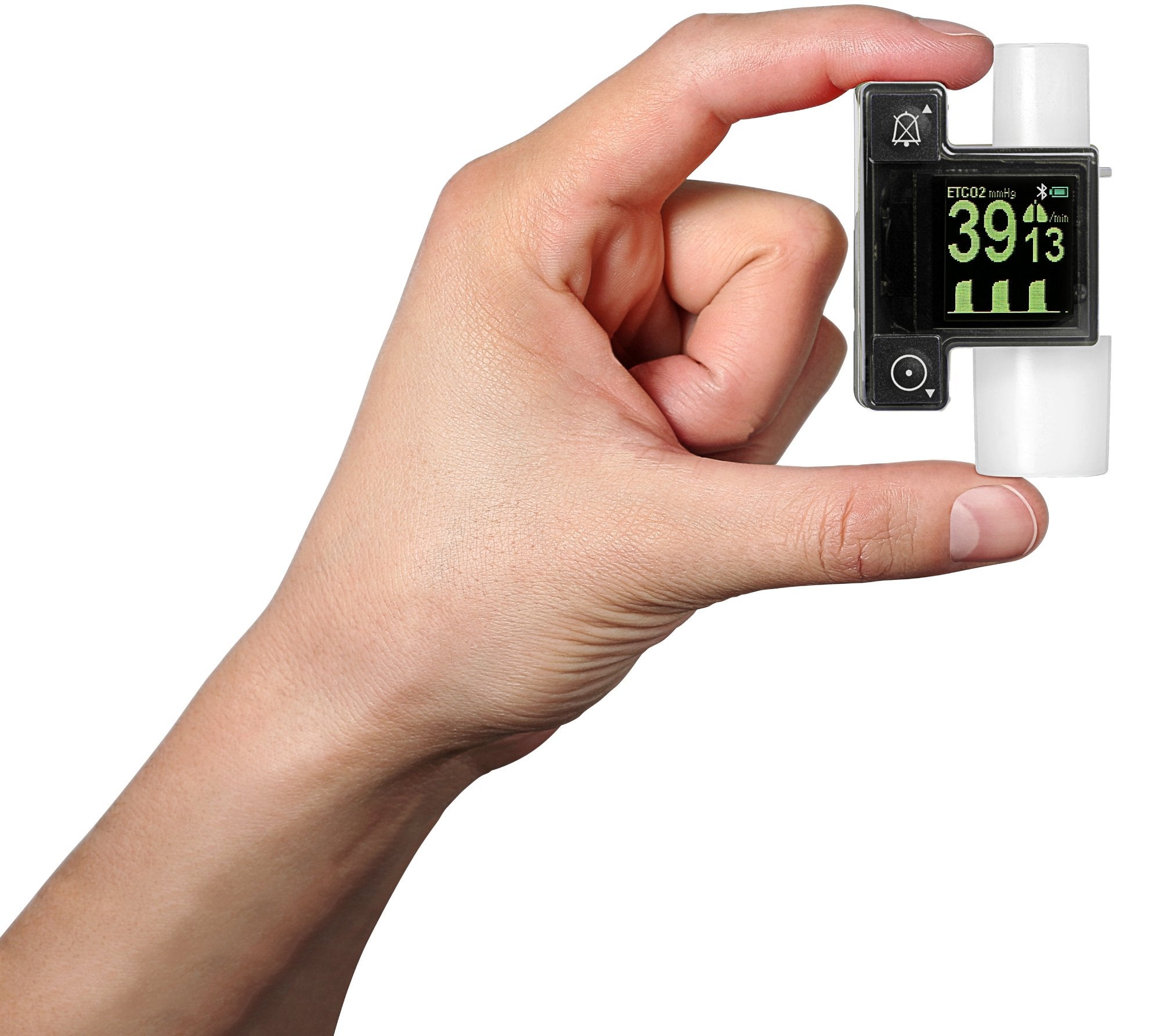
A new study at the Osaka Women’s and Children’s Hospital in Japan has shown that the EMMA Capnograph device from medical technology company Masimo could be effective for monitoring preterm infants, or neonates, who are on mechanical ventilation.
The portable EMMA device is designed for capnography in patients of any age.
It does not need routine calibration and delivers precise measurements of end-tidal carbon dioxide (EtCO₂) as well as respiration rate and continuous EtCO₂ waveforms in under 15 seconds, the company said.
Maintenance of a suitable range of partial pressure of arterial carbon dioxide (PaCO₂) in preterm infants is considered vital, particularly in those on mechanical ventilation in the neonatal intensive care unit (NICU).
In the latest study, researchers assessed if non-invasive monitoring of EtCO₂ with the EMMA device could potentially aid clinicians in maintaining PaCO₂ levels for neonates in the delivery room.
The study involved 40 neonates needing intubation in the delivery room.
How well do you really know your competitors?
Access the most comprehensive Company Profiles on the market, powered by GlobalData. Save hours of research. Gain competitive edge.

Thank you!
Your download email will arrive shortly
Not ready to buy yet? Download a free sample
We are confident about the unique quality of our Company Profiles. However, we want you to make the most beneficial decision for your business, so we offer a free sample that you can download by submitting the below form
By GlobalDataThe PaCO₂ value in these 40 infants at admission to the NICU or two hours post-birth was compared to that of 43 infants with no EMMA monitoring.
For the study, the researchers determined ‘appropriate’ PaCO₂ as 35-60mmHg, measured with a blood gas analyser.
Data revealed that the proportion of neonates with appropriate PaCO₂ was higher in the EMMA group as compared to the control group.
When categorised based on birth, smaller neonates had no significant difference in the proportion of infants with appropriate PaCO₂ between groups.
However, in the larger cohort, the appropriate PaCO₂ rate was significantly greater in the EMMA group, at 93% versus 44%.
In a statement, Masimo said: “The study authors concluded that EMMA facilitated the maintenance of an appropriate PaCO₂ for mechanically ventilated preterm infants, especially infants with birth weight ≥ 1000 g, in the delivery room.
“They noted that the main strength of their study was that they collected intervention data prospectively and showed the feasibility of using a portable capnometer during resuscitation of intubated preterm infants – the first study of its kind.”
In July, Masimo reported that two parameters, patient state index (PSi) and suppression ratio (SR), provided by Masimo SedLine brain function monitoring had greater predictability for death 180 days after cardiac arrest, in a study.







